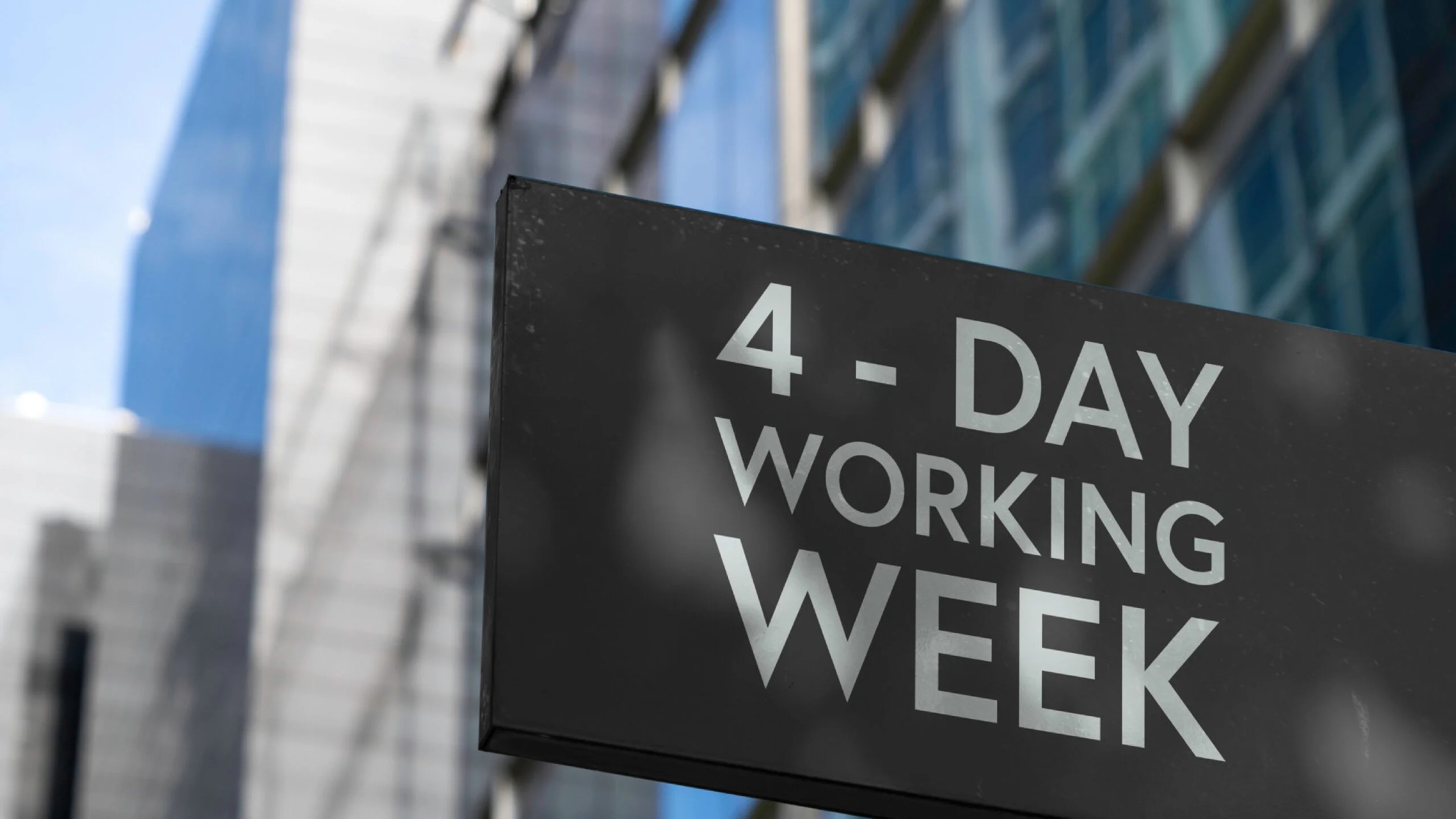In recent years, the four-day workweek has been gaining momentum as companies around the world experiment with the idea of reducing working hours while maintaining productivity. With trials in countries like Iceland, New Zealand, and Japan yielding promising results, this concept is no longer a fringe idea. But is it truly revolutionary, or could it be a risky experiment that disrupts the balance of work and productivity?
Let’s explore both sides of the debate.
A New Era of Work: The Case for the Four-Day Workweek
Advocates for the four-day workweek argue that the traditional five-day, 40-hour workweek is outdated, rooted in industrial-era thinking that doesn’t align with the needs of today’s workforce. In an era where technology enables us to work faster and smarter, cutting down on hours can lead to increased focus, creativity, and well-being. Here’s why the idea is seen as revolutionary:
- Boosting Productivity: Studies have shown that when workers have fewer hours to complete tasks, they tend to work more efficiently, with less time wasted on distractions. For example, Iceland’s successful national trial of a reduced workweek (with no reduction in pay) showed that productivity remained the same or improved in most sectors.
- Enhancing Employee Well-Being: With an extra day off each week, employees have more time to rest, pursue personal interests, and spend time with family. This not only improves their quality of life but also reduces stress and burnout, leading to happier and more engaged employees when they return to work.
- Attracting Top Talent: Companies offering a four-day workweek often find themselves with a competitive edge when it comes to attracting and retaining talent. In a labor market increasingly focused on work-life balance, this perk can be a game-changer for recruiting skilled workers.
- Sustainability: A shorter workweek can also contribute to environmental sustainability by reducing commuting times, energy consumption in offices, and overall carbon footprints.
The Risks and Challenges of a Four-Day Workweek
While the benefits are enticing, transitioning to a four-day workweek isn’t without its risks. For some businesses, the shift may bring unforeseen challenges that could impact operations and profitability. Here’s why it may be considered risky:
- Impact on Customer Service: In industries where constant customer support or service availability is critical (e.g., healthcare, retail, hospitality), reducing working hours could result in gaps in service. Companies may need to find ways to rotate shifts or increase staff to maintain the same level of service, which could lead to higher operational costs.
- Pressure on Employees: Although a four-day workweek is supposed to relieve stress, some employees might feel pressured to pack five days’ worth of work into four. This could result in longer, more intense workdays, potentially negating the mental health benefits of the extra day off.
- Not One-Size-Fits-All: The four-day workweek may not be feasible for all industries. While it might work well for creative, tech, and knowledge-based roles, industries requiring physical presence or time-bound processes (such as manufacturing or logistics) may struggle to implement the change without sacrificing productivity.
- Cost Concerns for Small Businesses: For smaller companies with limited staff, a four-day workweek could be financially challenging. They may need to hire additional employees to cover workloads, which could strain budgets.
Balancing Risks and Rewards: Is it Worth the Leap?
The question of whether the four-day workweek is risky or revolutionary ultimately depends on the industry, the company culture, and the specific workforce in question. For some organizations, especially those in sectors where productivity can be measured in outcomes rather than hours, it could be the key to unlocking higher efficiency and employee satisfaction.
However, for companies where 24/7 operations or constant customer engagement are required, the transition could be complex and costly.
Many companies are choosing a middle ground—trial periods, flexible working hours, or offering the option of a four-day workweek to certain teams or departments. This allows businesses to gauge the impact of reduced hours without fully committing to a drastic change.
The Future of Work
As the global workforce continues to evolve, driven by technological advances and shifting employee expectations, the four-day workweek is becoming an increasingly viable option for many businesses. While it might not be a perfect fit for every industry, its potential to revolutionize the way we work is undeniable. It promises a future where productivity, employee well-being, and work-life balance can coexist harmoniously.
A Work Revolution in Progress
The four-day workweek may seem risky to some, but for forward-thinking companies, it represents a revolutionary shift in how we approach work. As more businesses experiment with this model and share their successes and challenges, it’s clear that the traditional workweek is ripe for rethinking. Whether it becomes the norm remains to be seen, but it’s a conversation that is sparking change in workplaces across the globe.
Interested in exploring innovative workforce solutions? At GROW, we specialize in helping businesses find the right talent and strategies to stay ahead in an ever-evolving world. Contact us today to learn more about how we can help your company thrive in the future of work.
